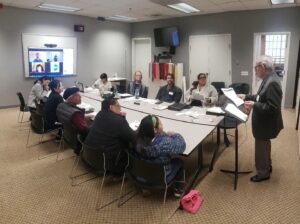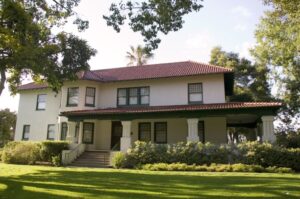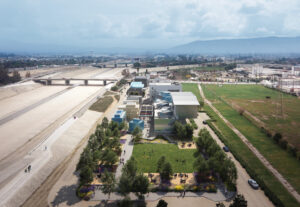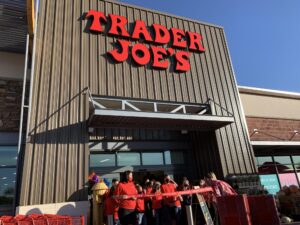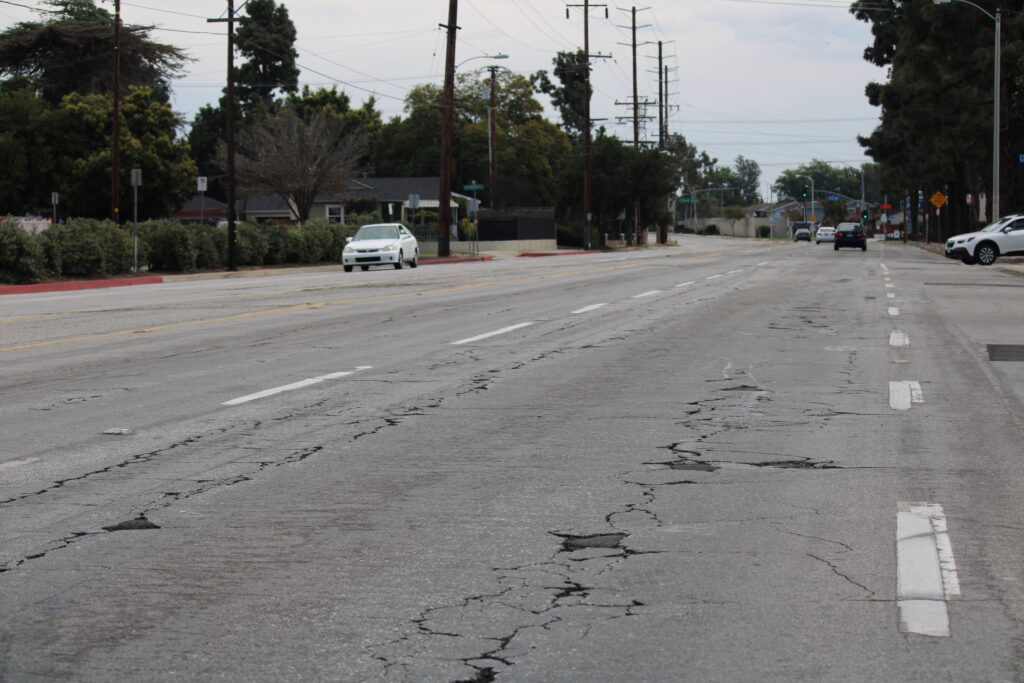
By: Joe Brizzolara
At least 38% of Downey’s roads are in bad shape and, without new funding sources, conditions are likely to remain the same for the foreseeable future, says councilmember Sean Ashton.
Councilmember Mario Trujillo is calling for a doubling of the budget while Ashton and Mayor Claudia Formeta question where dramatic increases in funding for maintenance and rehab projects are supposed to come from.
According to Nichols Consulting Engineers (NCE), a firm hired by the city to produce its Pavement Management Program (PMP) 2020 update, 20.2% of Downey streets are in “very poor” condition and 17.9% are in “poor” condition .
“This is Downey, it’s kind of expensive to live here. Our residents should not be (driving on) poor streets,” said councilmember Mario Trujillo at a March 23 meeting during a discussion of the city’s pavement management program.
“It’s unacceptable for anybody to live on a poorly paved street,” Trujillo tells Downey Latino News.
But Ashton, speaking to Downey Latino News in a phone interview, is skeptical: “In a perfect world, if money grew on trees, that’s great. But where would you get that additional money from?”
In a push to lobby support for a roughly $2 trillion infrastructure proposal presented last month, the Biden administration released state-by-state score cards for road quality on April 12.
California received a C- and according to the White House, on average, drivers in this state pay $799 a year in costs associated with driving on poor roads.
As of now, Biden’s plan includes a $115 billion increase in federal spending on roads and bridges. The President has said that he is open to negotiations with lawmakers, however.
“We’re hoping that the President’s transportation bill, if that passes, will be another influx of cash that we can use to fix more of our streets,” said Ashton.
The report did find most streets were in good condition, however, with 22% in “good” condition and 40% in “very good” condition. Over the past nine years, Downey has completed 42 street rehabilitation projects totalling 101 miles of road at a cost of $64 million.
The city has an average pavement condition index (PCI) of 57, lagging behind LA County’s average PCI of 65 and the statewide average which is also 65.
PCI refers to a grading system for the condition of pavement based on cracking and other factors with 100 being very good condition and 0 being very poor.

Downey’s major streets scored better with an average PCI of 67 while residential streets had an average of 53. Of the 11 agencies included in NCE’s presentation to council, only the City of Montebello had a poorer PCI average than Downey with 43.
The city currently budgets $5 million annually in road rehabilitation (not including additional grants acquired each year). Using data collected by field inspectors and processed by the software program StreetSaver, NCE laid out 4 funding scenarios for the council to consider moving forward.
In scenario one, if the city maintains the same amount of yearly spending, by 2030 nearly 69% of the city’s roads would be in very good condition while 26% would be in very poor condition.
In scenario four, if the city were to up spending to $9 million a year, by 2030 88.5% of roads would be in very good condition and only 7% would be in very poor condition. Scenarios two and three were somewhere in between.
Funding sources for Downey’s PMP include: Measure M, a half-cent sales tax initiative passed in 2016; Measure R, a half-cent sales tax for LA County transportation spending passed in 2008; SB 1 (the so-called “gas tax”), a transportation funding bill passed in 2017; and vehicle impact fees collected by the state.
If funding levels remain the same over the course of the next decade, Downey’s average PCI will increase slightly to 59. An increase to $9 million in annual spending is projected to give Downey an average PCI of 75.
In order for Downey to have completely rehabilitated roads, the city would need to spend $12.7 million a year, more than double what it currently budgets.
“Ideally we would like to do so much but the problem is limited funding,” said Mayor Claudia Formeta. “We probably need to take a closer look at our budget and look at what other services we need to trim.”
One service that Trujillo is showing little appetite for cutting is public safety. Downey Police Department accounts for 40% of Fiscal Year 2020/21 general fund spending at roughly $39 million, while Fire accounts for 26% at $25 million.
Public Works accounts for 8% of general fund spending but makes up the lion’s share of the city’s overall expenditures at $118.8 million. Almost all of the city’s public works spending is fund-specific, meaning Downey collects tax revenue that must be spent on specific purposes like transportation.
“I want to make clear that I’m not looking to cut public safety,” Trujillo said. “I’m looking to see what else is out there or how can we bring in additional revenue.”
Ashton touts the city’s balanced budget and says Downey is already getting the most amount of services from its available revenue.
He’s weary of delving into the city’s $30 million reserve funds to pay for road rehab which could be invaluable in the event of another economic downturn similar to the pandemic or the 2008 financial crisis.
“Every (city) department is running as lean as possible,” he said. “Right now, I don’t see (where cuts could be made).”


